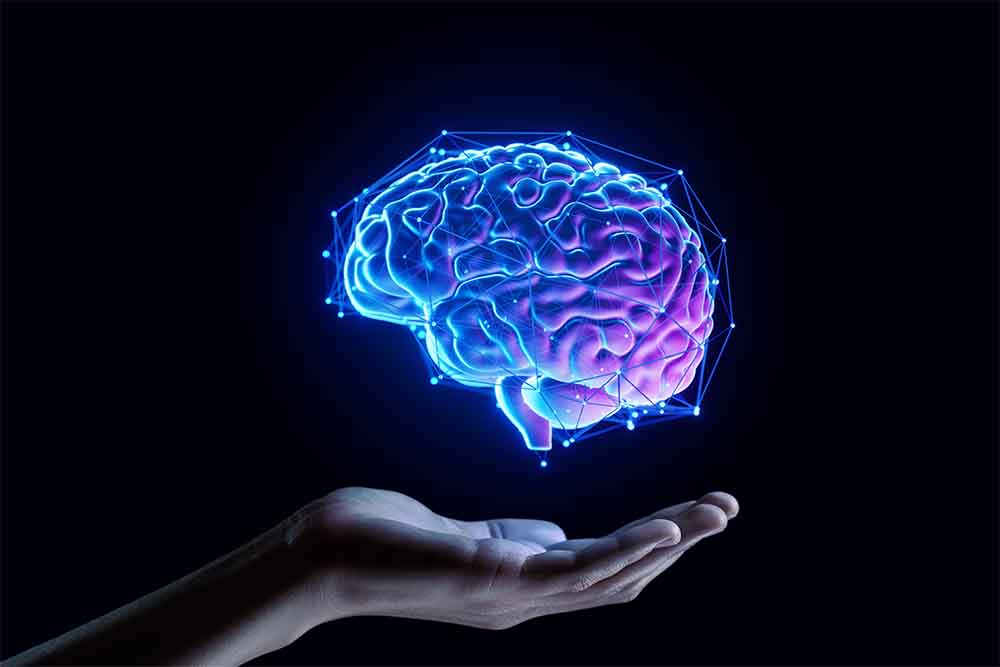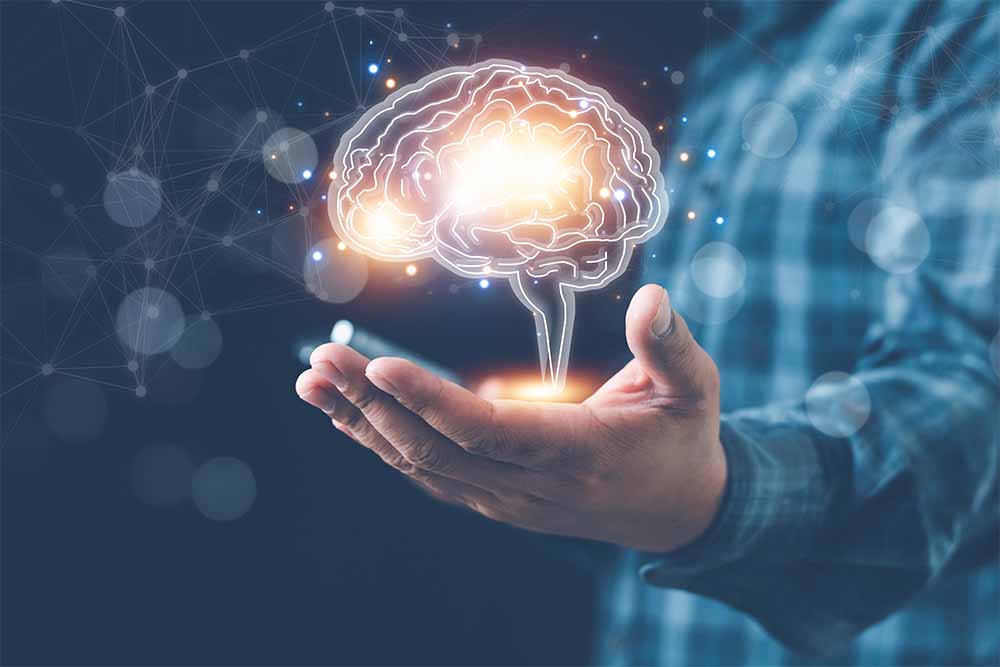Imagine walking into a room that smells like detergent and instantly feeling the urge to clean your desk. Or feeling more patriotic seeing the Indian tri-colour on Independence Day, even if you didn’t plan to. These aren’t just random reactions. They’re examples of priming, a powerful concept in psychology that influences how we think, feel, and act - often without even realising it.
What Is Priming In Psychology?
Priming is a psychological phenomenon where exposure to a certain stimulus influences your response to a later stimulus. The effect can be subtle but powerful, setting the stage for how we process information and make decisions.
There are different types of priming - semantic, perceptual, emotional, and even social. They all work by activating associations in our memory. Once primed, we’re more likely to notice, prefer, or act upon related ideas.

Real-Life Examples Of Priming
1. Advertising And Consumer Behaviour
Ever noticed how ads during Indian festivals show families eating together, smiling, and wearing traditional clothes? That’s cultural priming. During Diwali, for example, brands like Cadbury and Tanishq use symbols of warmth, family, and gifting to prime feelings of generosity - nudging consumers to buy.
Fact: A 2019 Nielsen India report found that festive advertising in India boosts sales by 40-50 per cent in sectors like sweets, jewellery, and clothing, an effect often attributed to emotional and cultural priming.
2. Music And Spending
Retailers across malls in cities like Mumbai and Delhi often play upbeat music to subtly encourage shoppers to linger longer and spend more. Studies globally have shown that classical music can even prime shoppers to perceive products as more premium and be willing to pay more.
3. Social Media And Political Priming
A study by Lokniti-CSDS (2019) observed that over 30 per cent of first-time Indian voters said their political opinion was ’influenced by social media’. Political content repeatedly seen online creates mental shortcuts, priming users to associate certain parties with progress or stability.
4. Colour Priming And Emotion
Fast food chains in India, like McDonald's and Zomato, use red and yellow in their branding. Why? Red is associated with excitement and urgency, yellow with cheerfulness. Together they prime hunger and impulsive eating.

Everyday Priming You Don’t Notice
• Smell: The smell of agarbatti (incense) can prime spiritual or reflective moods, which is why it’s common in temples and even yoga studios across India.
• Language: Hindi news debates using terms like ’dushman‘ or ’aatankwad‘ can prime fear or nationalism, depending on context.
• Names & Stereotypes: A job applicant named ’Priya Sharma‘ might be subconsciously associated with a certain region, language or caste identity, affecting hiring decisions - a subtle form of social priming.
Does Priming Really Work? What The Science Says
Priming has been a hot topic in psychology for decades. While some early studies like the famous ’elderly priming‘ experiment have come under scrutiny (where people walked more slowly after seeing words like ’old’), meta-analyses suggest that priming effects are real, though context-dependent.
In India, controlled studies are fewer, but marketing and behavioural economics fields increasingly use priming strategies.
In a 2021 pilot study by Behavioural Insights Unit India (NITI Aayog), sending SMS reminders with phrases like ’protect your loved ones‘ before vaccination appointments increased turnout by 17 per cent, a classic example of emotional priming.

Can You Use Priming To Your Advantage?
Absolutely. Here's how:
• Before studying: Reading or watching something inspiring (like a success story) can prime a positive mindset.
• During interviews: Wearing colours like blue (trust) or black (authority) can prime perceptions.
• To build habits: Placing gym clothes where you can see them primes you to follow through with a workout.
• To change mood: Listening to uplifting music or reading affirmations can prime your brain to feel better.
Priming is like background music in the movie of life - unnoticed, but guiding the mood and flow. From what we buy to whom we vote for, our decisions are constantly influenced by subtle cues. Being aware of them gives you the power to make more conscious choices - and even shape the behaviour of others with intent and empathy.